LMPA
Understand the physical mechanisms governing the dynamics of astrophysical plasmas at every scale using numerical, analytical and experimental methods.
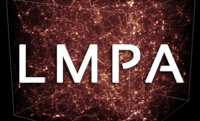

The "Cosmology and Galaxy Evolution" team (LCEG) focuses on the study of the formation, evolution, and physical properties of large cosmological structures, galaxy clusters, galaxies themselves, and their internal structures, extending to large-scale star formation.
The theme of the Universe's energy content, primarily focused on questions of dark matter, dark energy, and gravity, is a rapidly growing activity within the Laboratory for Cosmology and Statistics (LCS), reflected by leading contributions to major international collaborations.
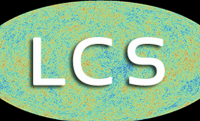
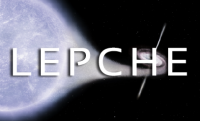
The scientific objective of the Laboratory for the Study of High Energy Cosmic Phenomena (LEPCHE) is the discovery, characterization, classification, and understanding—from the perspective of fundamental physics—of the most energetic and violent astrophysical phenomena.
The AIM "Dynamics of Stars, Exoplanets and their Environment" (LDE3) team aims to develop cutting-edge research to understand the internal and external structure, dynamics, and evolution of the Sun, stars, and planets, as well as the atmospheres of exoplanets.
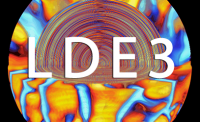

It can be argued that the astrophysical quest for our origins rests on two pillars: the formation of large structures into galaxies and the formation of stellar systems.
The team at the Laboratory for Quality and Spatial Integration (LQIS) supports space projects in terms of Product Assurance and Quality Assurance, as well as AIT (Assembly, Integration, and Testing) activities throughout the development and implementation phases.

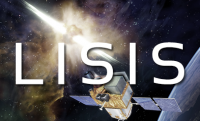
LISIS
Connecting astrophysics and instrumentation from conception to flying steps. Defining instruments and make sure they tie in scientific objects.
LSAS
The team at the Laboratory for Space Systems and Architectures (LSAS) is responsible for system architecture definition and technical oversight throughout the design, development, and testing of various instrument models.
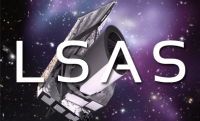
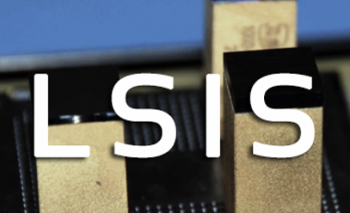
The team at the Laboratory for Interface Science and Space Instruments (LISIS) bridges the gap between science and space instruments from design phases to operational flight.
The team at the Laboratory for the Study and Development of Space Electronic Systems (LEDES) is responsible for defining, designing, and developing embedded electronic equipment.

